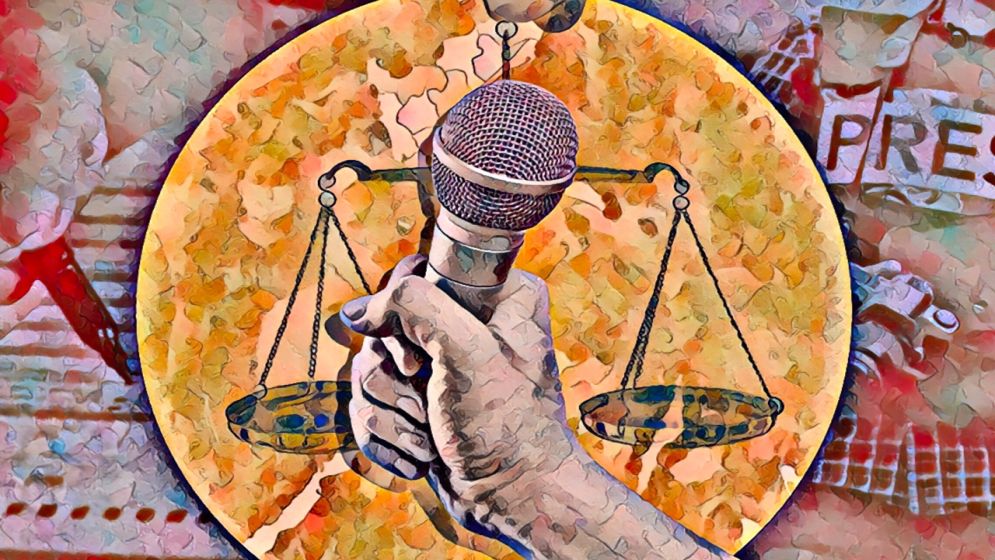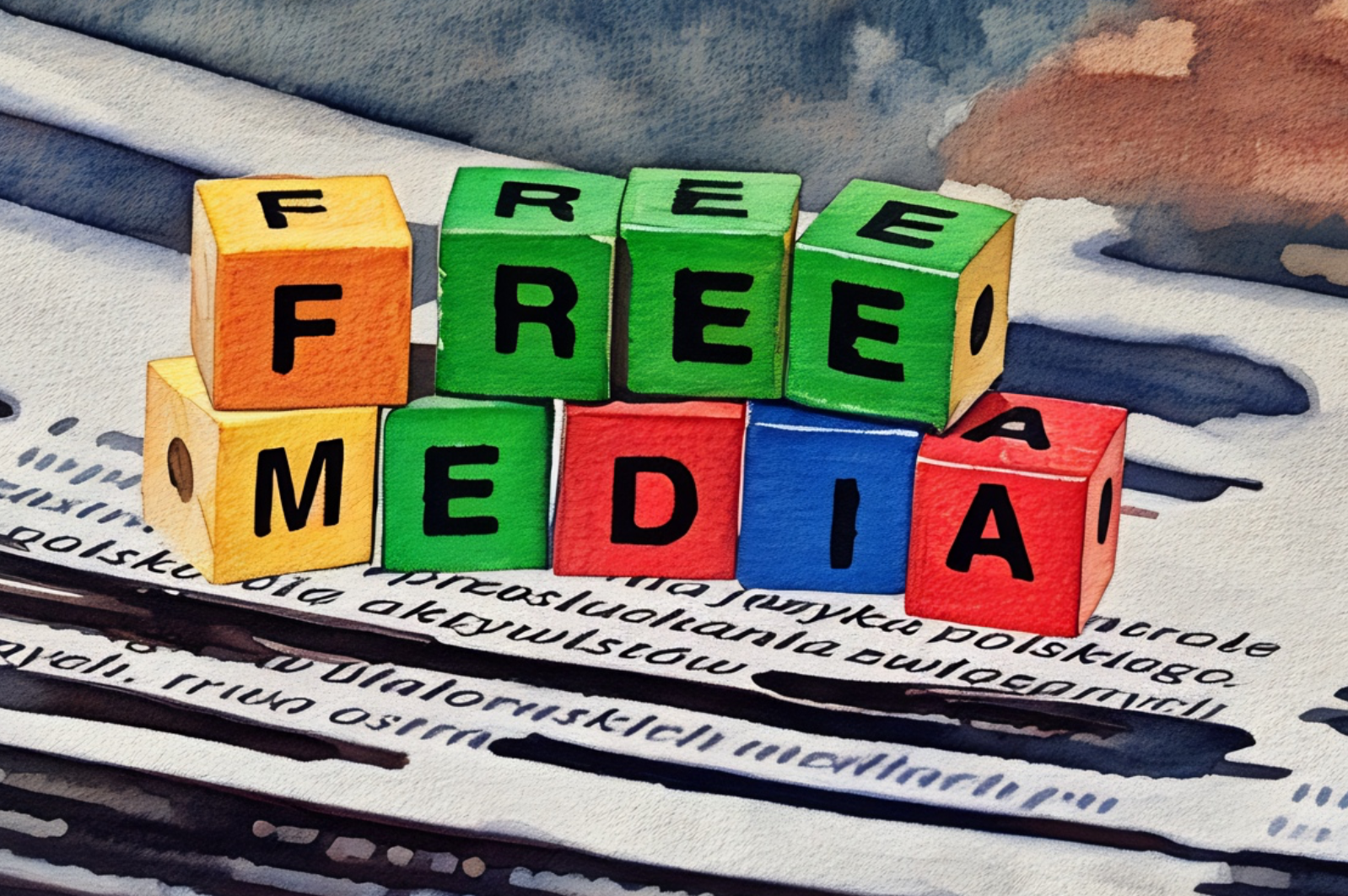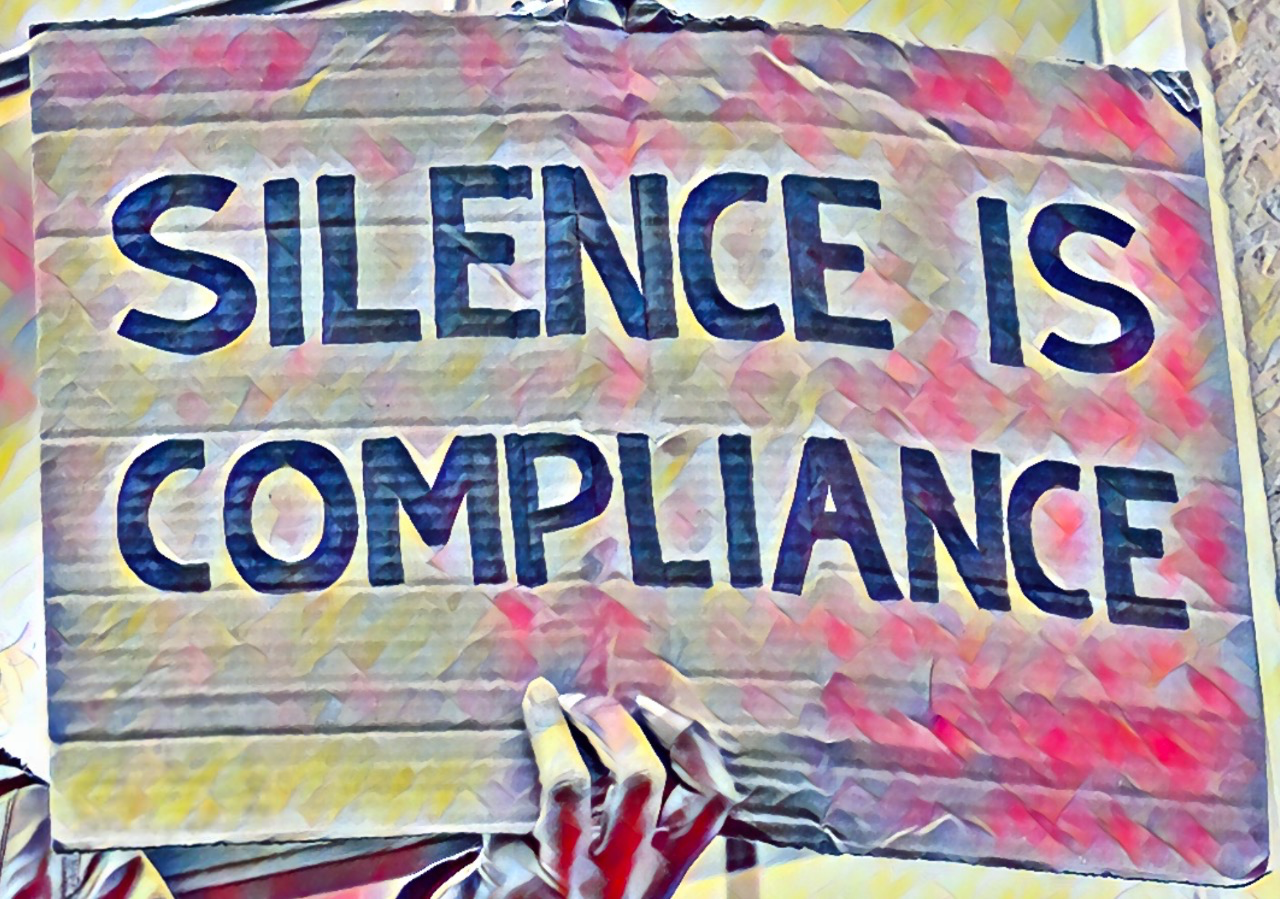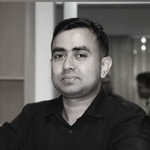Press freedom is still ‘under threat’ in Bangladesh but who’s been holding the mirror?

A few days ago in Savar, a local correspondent for a national media outlet was accused of disseminating false information and intimidating residents on behalf of a housing developer.
It wasn’t the first complaint. Previously, he had allegedly demanded payment to cover a military event in the area.
So here’s the question: when frustrated locals respond angrily to someone like this, should we automatically cry “attack on press freedom”? Or is it something more complicated—an eruption of public outrage at those who wear the badge of journalism to shield misconduct?
On May 3, World Press Freedom Day, prominent editors and media figures in Bangladesh gathered to express concern about press freedom under threat…again.
At a seminar hosted by the Bangladesh Journalists of International Media (BJIM), where I was present, speaker after speaker warned of worsening conditions for reporters since the July protests.
They cited over 250 journalists allegedly detained without clear charges, often under the pressure of “mob elements” or “Tawhidi Janata.”
But amid all the talk of threats and repression, one crucial question went unanswered: why is there growing public resentment toward journalists in the first place?
The answer isn’t comfortable–but it’s necessary.
During the long years of the Awami League’s increasingly authoritarian rule, a segment of Bangladesh’s media didn’t just look away from state abuses. It aligned itself with them.
Across the country, so-called journalists acted as enforcers for local power brokers, extorting small businesses, threatening dissenters, and in some cases, assisting in the machinery of state terror.
Take the Savar case and multiply it across districts. The picture becomes clearer. Ask the mother of Imran, the 17-year-old from Rangpur who was picked up in an alleged anti-militancy raid and killed in a staged encounter in Kallyanpur, along with eight others.
Where was the outrage from the media then? What role did they play–if any–in challenging the official version?
Under the Awami League, enforced disappearances, extrajudicial killings, arbitrary arrests, and profiling based on religious appearance became normalized. And most of the country’s mainstream media?
Silent. Or worse, complicit.
Press becomes the gatekeeper of elitism
This is not to excuse the harassment or violence against any legitimate journalist. But when media professionals demand protection and solidarity, they must also reckon with the profession’s recent complicity.
Because when public trust collapses, it doesn't just endanger bad journalists–it endangers all of them.
Press freedom isn’t just about resisting censorship. It’s also about earning credibility. And in today’s Bangladesh, that begins with holding our own to account.
At the BJIM seminar, a few voices did attempt to push beyond the usual platitudes. Ayesha Kabir of Prothom Alo English and senior journalist Abul Kalam Azad briefly acknowledged the media’s own blind spots.
But theirs were the rare exceptions. The dominant narrative remained fixed on the arrests of journalists following the July massacre and the ambient fear surrounding “mob violence” and the so-called Tawhidi Janata.
What was missing–glaringly–was any serious self-examination. How many journalists, particularly those now crying censorship, willingly served as enablers of authoritarianism? How many continue to act as courtiers to power?
Instead of introspection, the event carried an unmistakable air of heroism–as though simply being a journalist now confers immunity from public scrutiny.
Here lies the deeper rot. Much of Bangladesh’s media discourse is controlled by what many derisively call the “Republic of Dhanmondi-Gulshan”--an elite moral class that decides what is newsworthy and what must be buried.
Their tastes, their politics, their secularism–packaged and presented as universal–dominate headlines. But this version of secularism, as Professor Lailufar Yasmin argued in a 2020 Dhaka University seminar I attended, doesn’t travel well.
It begins to unravel the moment it crosses the Aminbazar bridge and enters working-class Bangladesh.
Guided by this narrow ideological lens, our mainstream media turns a blind eye to the poor, the religious, the rural, and the culturally marginalized.
These are not constituencies to report on–they are subjects to be disciplined or ignored. Instead, we’re treated to breathless coverage of corporate fashion galas, art exhibits, and TED-style summits curated by the urban elite and sold to the nation as cultural milestones.
Take Mongol Shobhajatra, for instance–touted as the emblem of Bengali identity, yet with virtually no organic presence outside metropolitan Dhaka.
At the same time, stories of religiously observant citizens facing state harassment remain conveniently untold. Expressions of political support for BNP, Jamaat, or Hefazat are not just marginalized–they are actively criminalized in media narratives.
Even the BNP, a mainstream center-right party, is treated as a relic of fanaticism, unworthy of neutral coverage.

The media’s quiet complicity
The media’s silence after the 2013 Hefazat massacre in Motijheel is telling.
Despite the scale of the violence, there was no flood of op-eds, no primetime outrage. Only a collective editorial shrug. Instead, entire communities–religious, rural, or ideologically conservative–have been portrayed as threats to progress, their voices airbrushed out of the national conversation.
The message could not be clearer: This media is not for you.
And when the press stops reflecting the people it claims to serve, it loses the moral authority to speak on their behalf.
Over the past two decades, a dangerous bias has calcified in Bangladesh’s mainstream press: the belief that the Awami League is the safest pair of hands.
The narrative–parroted endlessly across op-eds and newsrooms–goes something like this: Without the AL, the country risks falling into the grip of anti-liberation forces, or worse, Islamist extremism.
But this framing has served as a political smokescreen. Behind it, the very same party has presided over a regime of enforced disappearances, extrajudicial killings, torture, mass surveillance, endemic corruption, and the systematic suppression of dissent.
Yet the media, gripped by a collective phobia of “religious fundamentalism,” continued to market the ruling party as the lesser evil.
I’ve seen this firsthand as a journalist. And I’ve watched in disbelief as the media class clung to this illusion–ignoring the fact that the people of Bangladesh, despite their religious and ideological diversity, have long embraced a form of pluralism and social tolerance far deeper than their elites give them credit for.
Aside from isolated flashpoints, this society has proven time and again that its religious identity does not automatically translate into extremism. But that hasn’t stopped Dhaka’s newsrooms from projecting their own anxieties onto the public.
The only honest way forward is through self-interrogation. We must ask ourselves: When did we align ourselves so shamelessly with power? When did we stop speaking for the people, and start echoing the state?
Journalism is not supposed to be activism. But the sad reality is that, even after the July 2024 uprising, few in Bangladesh’s media have managed to shed their partisan loyalties.
The lines remain blurred, the allegiances intact.
And that’s what made this year’s World Press Freedom Day discussions feel so hollow. The language of resistance was there–but the substance was not.
The speeches were full of warnings about repression, yet devoid of the accountability that must begin within our own profession.
Unless we, as journalists, confront these hard truths–unless we finally reckon with how deeply complicit we’ve been–history will do it for us. It already began in the streets last July.
—
Moudud Ahmmed Sujan is a Dhaka-based journalist

